
Hey parents. This one’s about YOU and YOUR KIDS.
It’s always important that you keep up with the latest “technology” trends. Particularly if they might pose a risk to you and your family. A Twitter thread that recently went viral was posted by SaraSuze (@tragedythyme). It was a reminder about using apps to meet up with strangers.
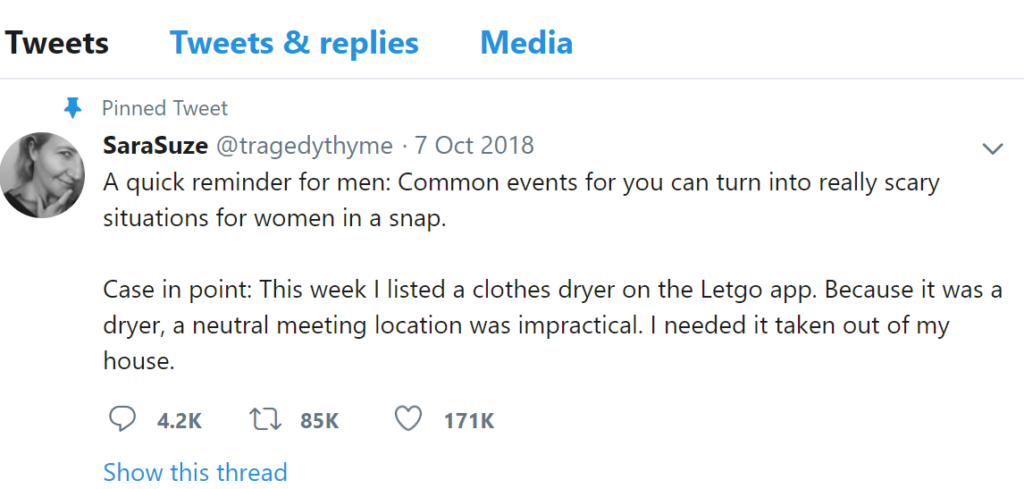
(Here’s a link to the tweet: https://twitter.com/tragedythyme
Luckily, the tweet did not tell of an attack, but it did go viral. Probably because many women want men to know it isn’t as easy for them to do something that most men don’t worry about – like meeting a stranger to buy, sell or trade something.
Sara was using the app LetGo. It’s a very popular app. Currently #26 on the Apple App Store. Many similar apps are also popular, like Offer Up, Vinted, and DeClutter.
It’s true that these apps are slowly phasing out traditional trading sites like eBay or Craiglist. And no one really thinks the younger generation is going to be reading the classified ads (if newspapers still exist). So it’s likely your kid will eventually use one of these apps.
On the positive side, the apps are easy to navigate, and many have filters that make them a more convenient buying and selling experience. But it is still the case you don’t necessarily know who you’re communicating with. Fortunately, I’ve had mostly good experiences.
For example, I’ve also used LetGo. It is a basic buying and selling app. Users post items for sale, communicate with potential customers, and hopefully sell the item once you meet up in person. The biggest con many might experience with the app is that you can’t pay within the app, so sometimes closing the deal can be a drag.
I bought a Long Board once using the app, and it was as easy as showing up at a lady’s door, handing the woman $25, and taking the board home.
I’ve also used Facebook’s Marketplace. Ironically, this might be one of the safer methods because you can easily check out the person’s profile before you meet with them. Of course, just because the person’s profile looks legit doesn’t mean it always is. There are some fake bot profiles that post items and vehicles that are too good to be true, in an attempt to scam you. But, I actually did buy my car off of Facebook Marketplace and it went surprisingly well. I got a reliable car for a great deal from an honest guy who was moving South with his family. But I’ve also had friends whose experiences did not go as well.
It doesn’t take much work to find a news story about a bad buying experience on one of these apps. Pooja St. Amand, of Middletown, Connecticut, told ABC News in a 2017 interview that she was robbed after attempting to sell an iPad. Although she took proper precautions by meeting the stranger in a populated community center parking lot, she still felt she was put in serious danger. (link)
I’ve also used OfferUP. It’s pretty much identical to LetGo, though some say it has worse customer service. I used this app when I sold some old KC Lights that go on top of a car. I had a good experience and the buyer came the next day to pick them up for his Jeep Wrangler.
Some other apps I haven’t tried include Vinted, a sales app used for trading older clothing and other vintage items specifically, and, Declutter, an online yard sale. There’s also thredUp, a newer app for selling secondhand clothing.
Tips to stay safe when buying and selling online
Although all of my online buying and selling experiences were OK, they did get me thinking after I read @tragedythyme’s tweet. What if they hadn’t? And what if I was smaller, or a woman, or teen? I was a guy, over 18 years old, and I did take a few precautions.
So after a little bit of research I discovered these tips for using buy/sell/trade apps:
Call your local police department to find a safe meet-up spot.
People used to say to meet a stranger in a public space, such as the parking lot of a McDonalds. It used to be just make sure there is enough light so you are visible.
But because of recent stories of assaults and robberies during meet-ups even in public areas, some local police departments have set up designated safe meet-up spots. Most of them are located in the parking lot of the police station. I agree – that should work.
Bring a friend.
Whether you’re the buyer or the seller, it’s always good to be on the safe side and make sure you or your kids are not meeting a stranger alone. The more the merrier, I think.
Use your phone.
That might feel obvious, but it bears repeating – always have your phone. And maybe make sure other people know you are making a transaction. Share your location with your friend, spouse or family member. And keep “location tracking” turned on. To learn how to enable this on your iOS device or Android, click here.
Use cash and avoid giving out personal information.
I discovered you should only bring the agreed upon amount of cash. And while it’s always nice to meet a friendly face, don’t let your guard down. Also, avoid giving up crucial personal information, such as your address, bank information, occupation or social security number.
Trust your gut.
At the end of the day, you have to listen to that little voice inside your head. Be aware of your surroundings and leave if things somehow begin to go south. No amount of money is worth your safety and well-being.
Will this danger get worse in the future?
As time goes on, it seems likely the dangers of meeting strangers with buy/sell/trade apps will only grow. For example, very recently, three LetGo-related attacks occurred in a small Delaware community (link )
Most of these occurred while people were buying or selling a smartphone. The attackers took the victims’ cellphones and wallets. One victim was even injured.
So, at the end of the day, YOU and YOUR KIDS need to be careful with these apps. You have to be sure to set a good example. And be aware of your kids online behavior. Are they going to start buying and selling things online? You’ll want to know.
For some of our other blogs on your kid’s technology, try:


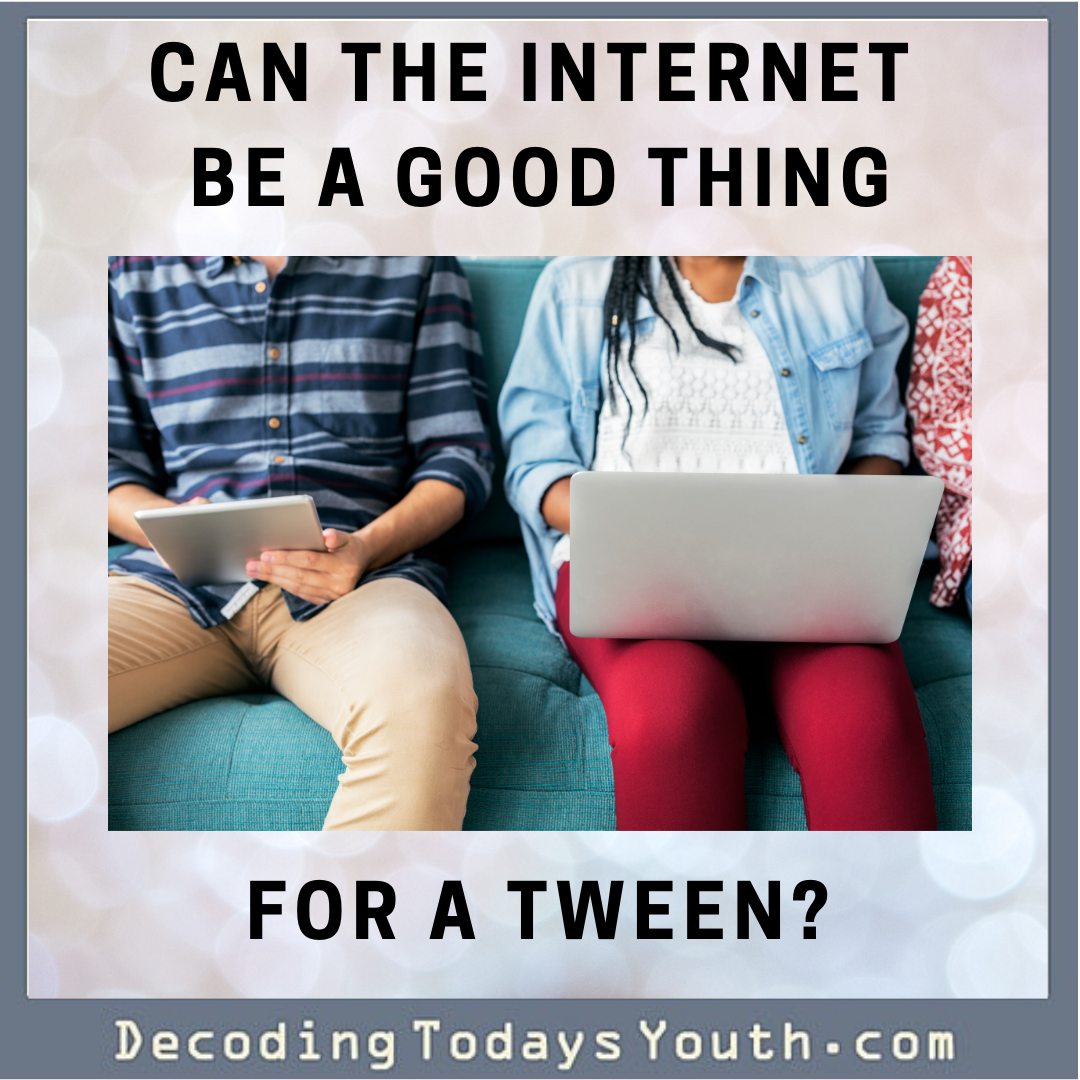

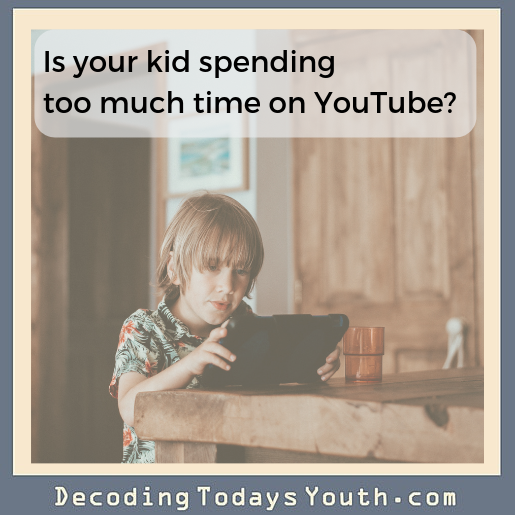

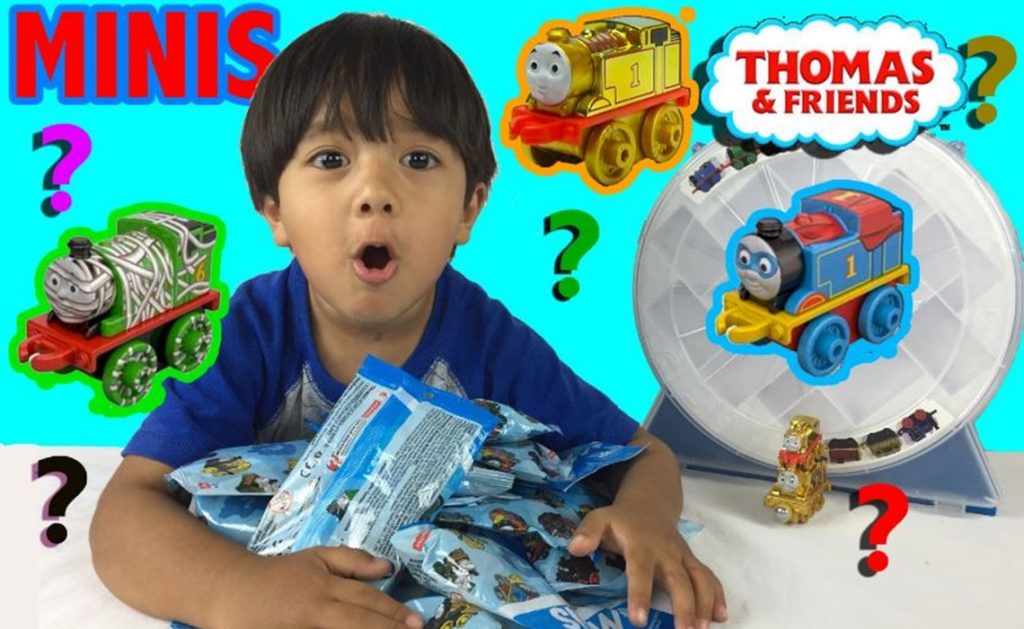
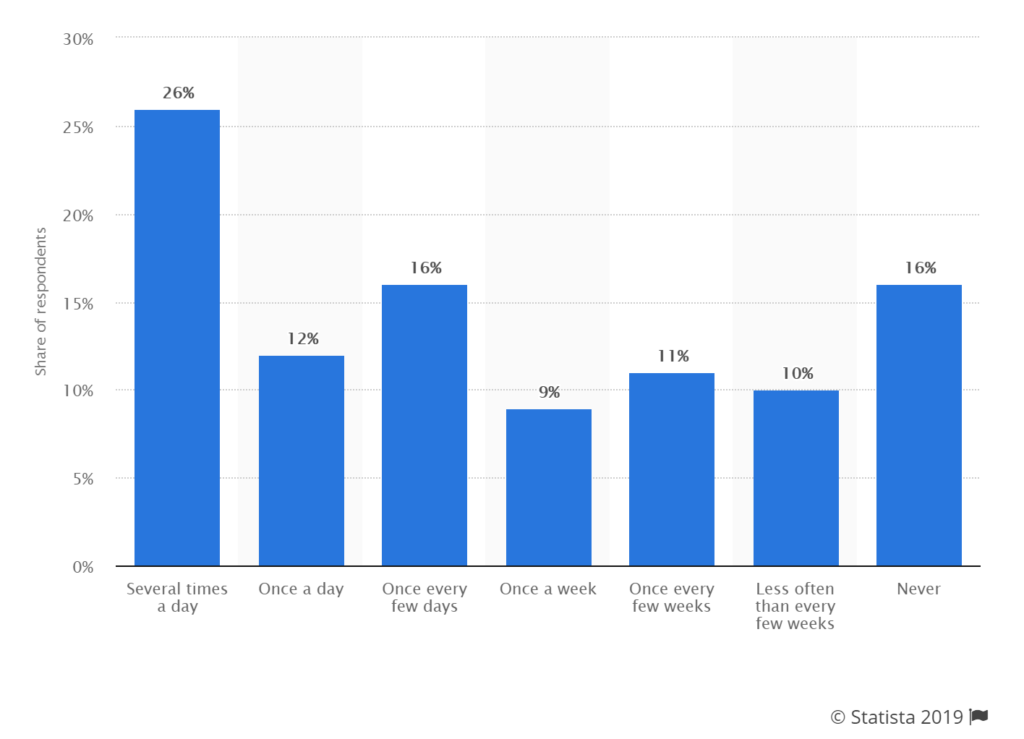

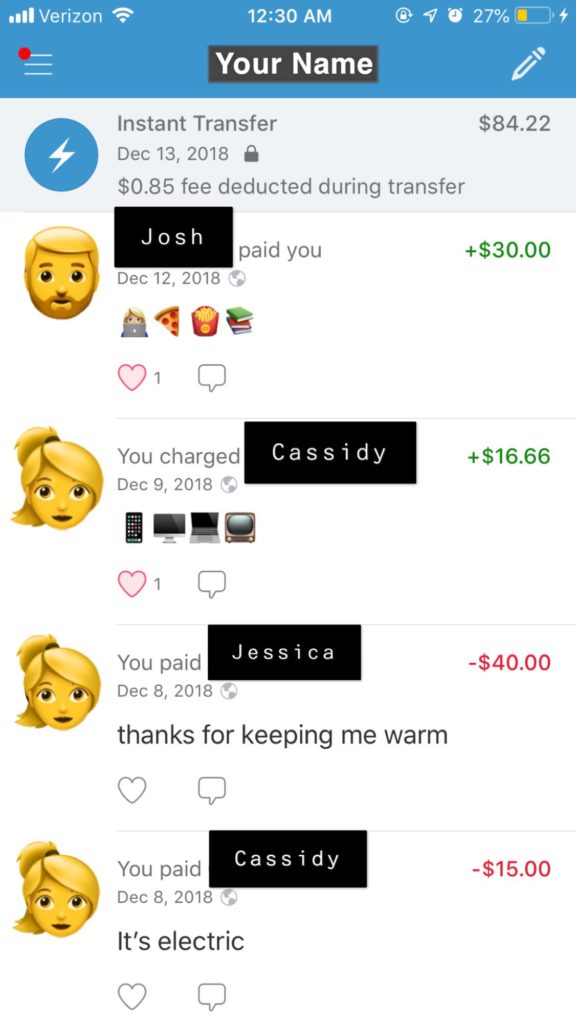



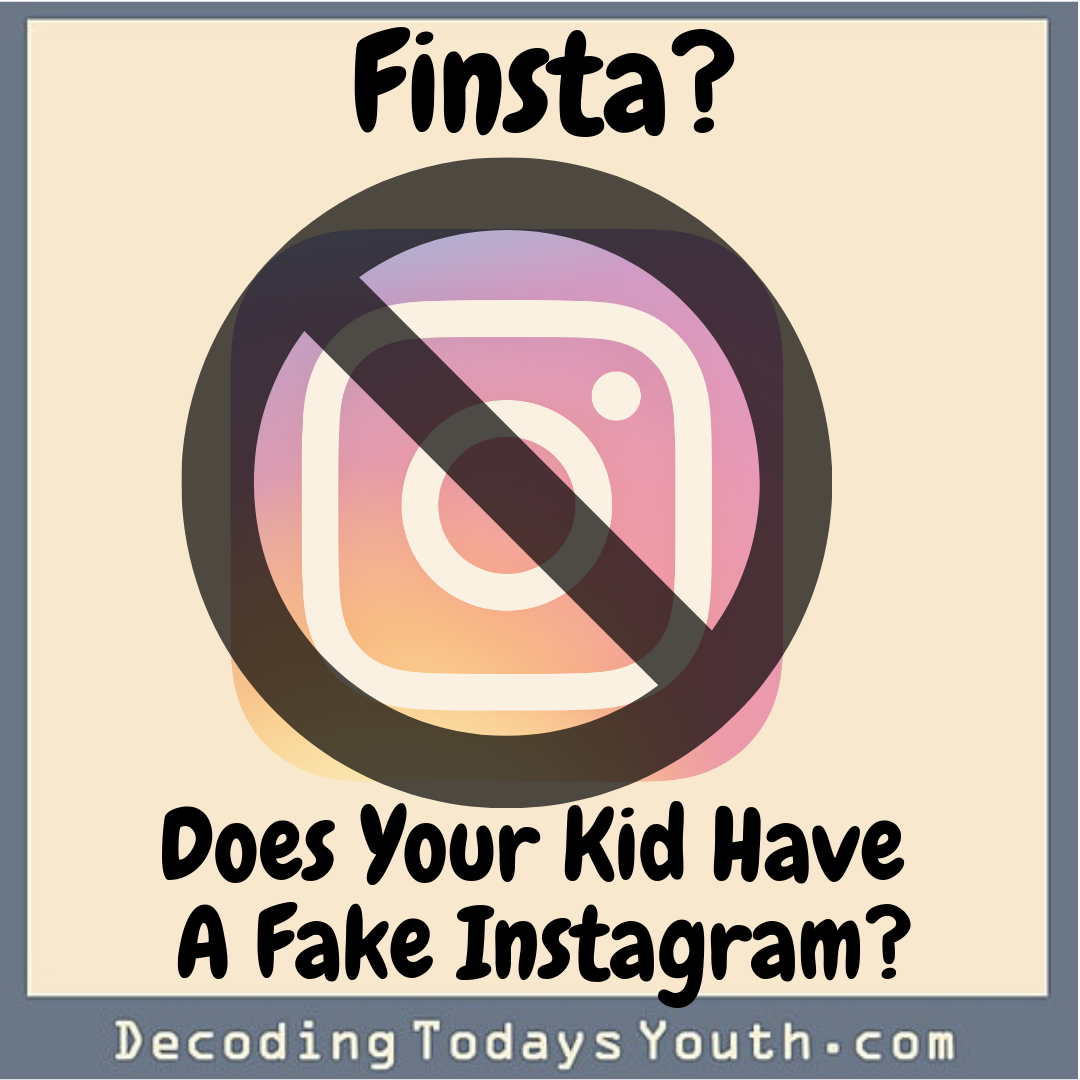


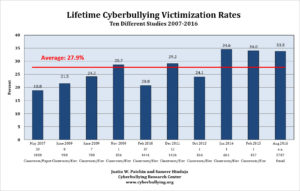
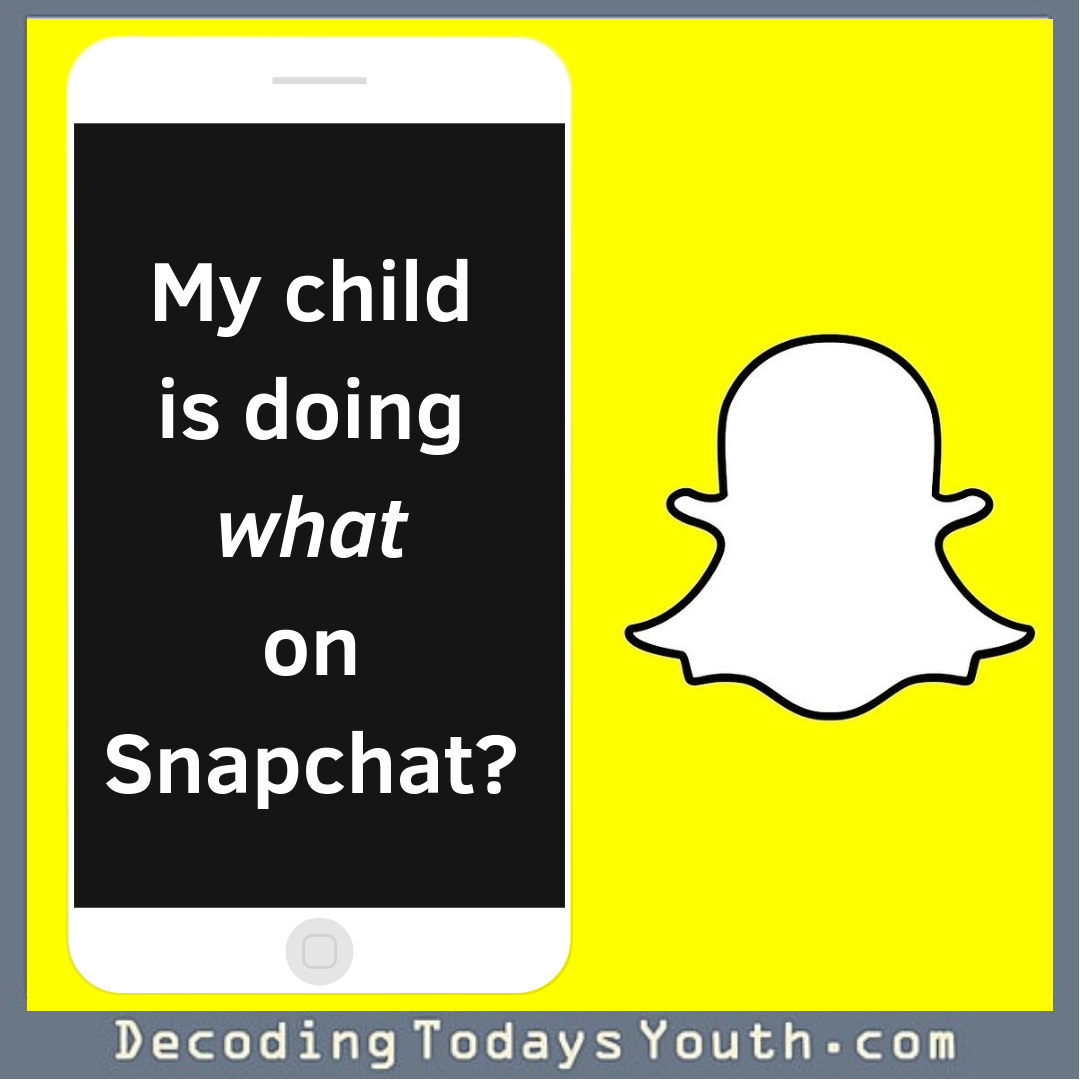
 By Katie Mest and Erick Lauber
By Katie Mest and Erick Lauber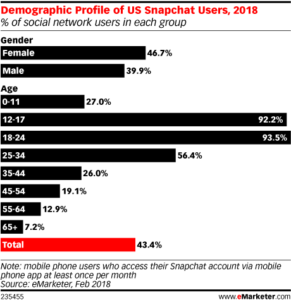

 By Morgan Rihn and Erick Lauber
By Morgan Rihn and Erick Lauber